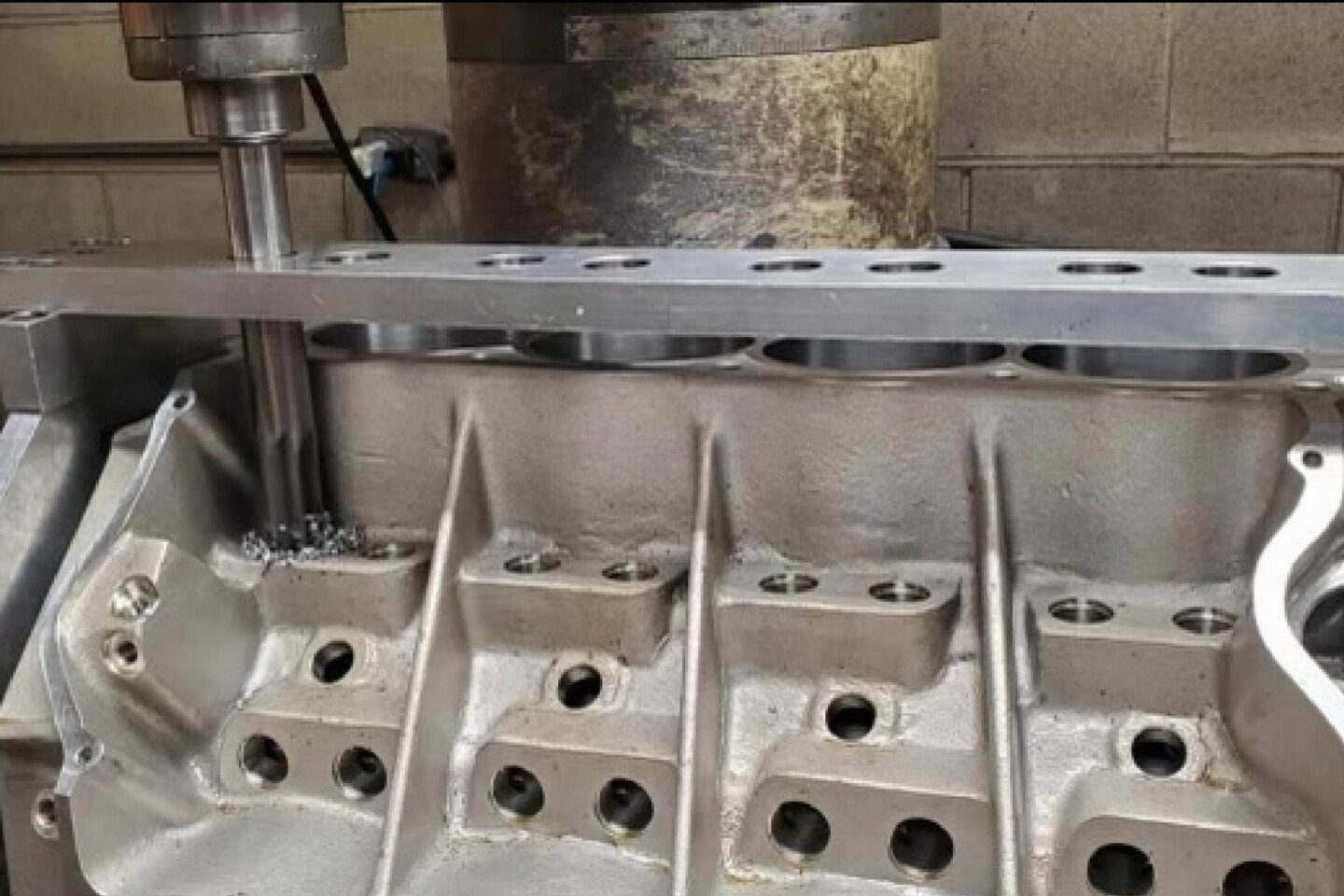If you’ve been keeping up with our questionable financial decisions, you may have noticed that we recently acquired a Fox Body Mustang with a bit of grudge racing history. Our ambitious objective? Transforming this Fox Body from a mere street racer into a bonafide Ultra Street contender. While conventional wisdom might have led others to invest in a turn-key car or, at the very least, an ex-Ultra Street rolling chassis, we opted to cut costs by buying one without the pedigree behind it. Maybe a mistake, but it allowed us to completely overhaul the chassis to our likings before slotting an engine into its tubular front end.
With our chassis work successfully completed, we needed to enlist the expertise of professionals to build our engine. While we’ve taken on numerous engine builds, claiming to have constructed anything of Ultra Street caliber would be akin to boasting about flying spaceships when, in reality, we’ve only ignited a few fireworks — with an ending we’d rather not replicate on our engine. Achieving the level of performance required for Ultra Street demands knowledge, precision workmanship, and a lot of nice tooling behind it. Thankfully, with great friends like Jon Bennett of Bennett Racing Engines and John Kolivas of KBX Performance, it only made sense to leverage their skills to our advantage. In this segment, we’ll be covering the short-block and what is required to build a race-winning engine according to Jon Bennett.
Building Block
The foundation for any engine build begins with the block. For any 9.5-inch-deck small-block Ford build, Bennett uses a Carroll Shelby Engine Company block. The cast-aluminum solid block has more rigidity than its coolant passageway-equipped counterpart and has been proven to withstand the abuse seen in grudge cars running 3.9-second 1/8-mile passes to X275 cars running in the 4-teens.
However, these blocks are taken a step above once they arrive in the hands of Bennett Racing. “We take the block as supplied by Shelby through many machine processes. It is bored and honed with torque plates to a final bore of 4.125-inches, align honed, sleeves set, and lifter bores taken from the stock diameter of .875- to .905-inch, allowing us to use a more durable lifter,” Bennett explains. ‘We then make proprietary modifications to the oiling system of the block, clearance for rods, and groove the sleeves for our fire-ring head sealing system. Finally, we clean the block for final assembly and…
Click Here to Read the Full Original Article at DragzineDragzine…

